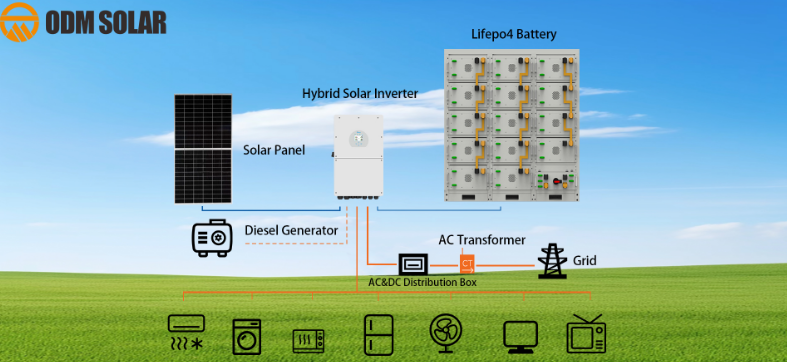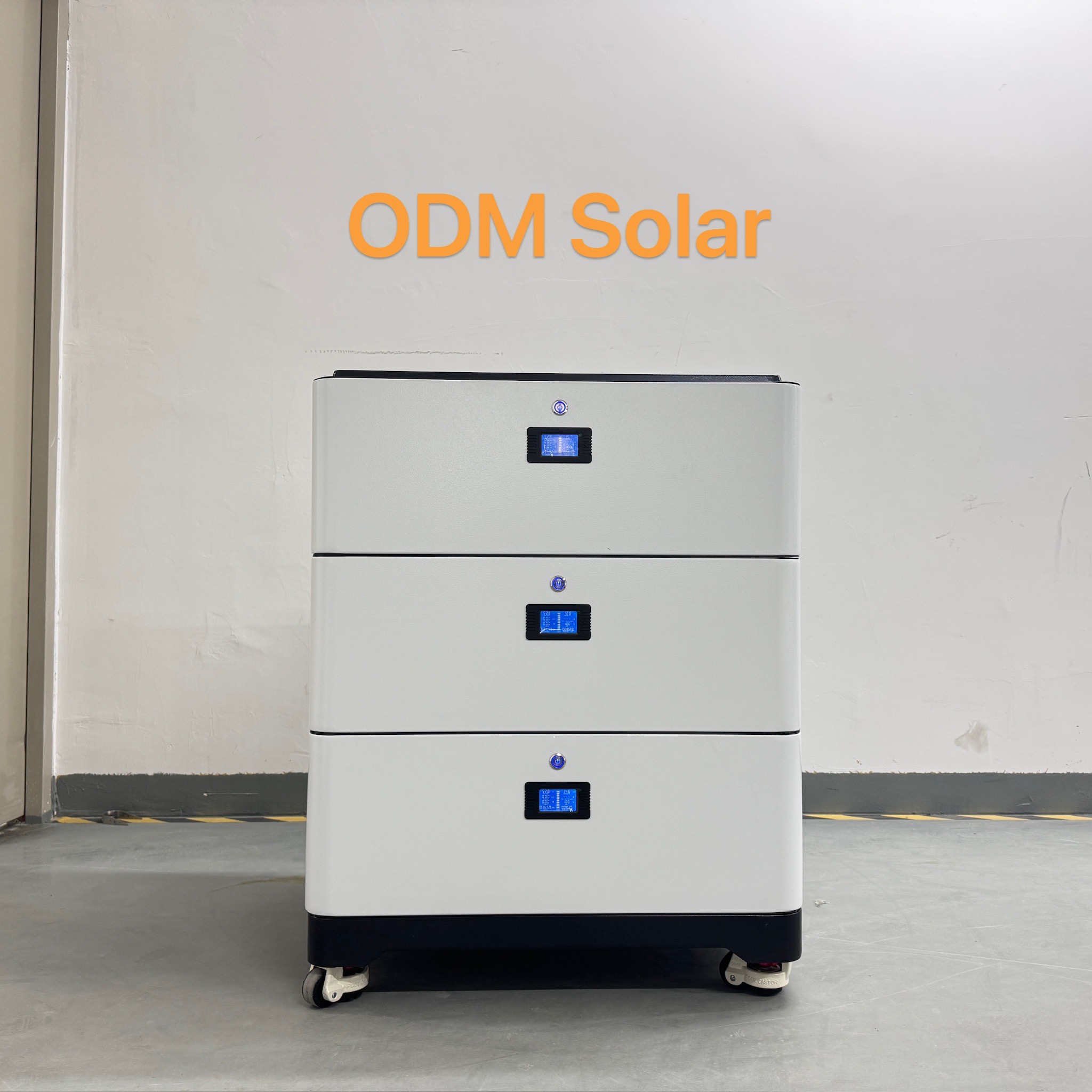How to size a solar system
Sizing a solar system involves calculating your energy needs, evaluating your solar potential, and determining the number of solar panels required. Here’s a step-by-step guide:
Step 1: Determine Your Energy Consumption
Check your electricity bills (in kWh) for the past 12 months to find your average monthly usage.
Calculate daily usage:
Daily Energy Use (kWh)=Monthly Usage30Daily Energy Use (kWh)=30Monthly Usage
Account for inefficiencies (add ~20-30% for system losses).
Step 2: Assess Solar Potential
Peak Sun Hours:
Find your location’s average peak sun hours (e.g., 4-6 hours/day in sunny areas).
Example: If you use 30 kWh/day and get 5 peak sun hours, you need:
30 kWh5 hours=6 kW system5 hours30 kWh=6 kW system
Step 3: Calculate System Size
Total Solar Capacity Needed:
System Size (kW)=Daily Energy Use (kWh)Peak Sun HoursSystem Size (kW)=Peak Sun HoursDaily Energy Use (kWh)
Example: 30 kWh/day ÷ 5 hours = 6 kW system (6,000 watts).
Number of Solar Panels:
If using 400W panels:
6,000W400W=15 panels400W6,000W=15 panels
Step 4: Consider Other Factors
Roof Space:
Each panel needs ~18-25 sq. ft. (e.g., 15 panels × 20 sq. ft. = 300 sq. ft.).
Battery Storage (if off-grid):
Size batteries to store 2-3 days of power (e.g., 30 kWh/day × 3 = 90 kWh battery bank).
Inverter Sizing:
Match inverter capacity to solar array size (e.g., 6 kW solar → 6-7 kW inverter).
Step 5: Adjust for Efficiency & Future Needs
Shading/Tilt: Reduce output by 10-20% if not optimal.
Future Expansion: Oversize by 10-20% if planning to add EVs or appliances.
Example Calculation:
Monthly Usage: 900 kWh
Daily Usage: 30 kWh
Peak Sun Hours: 5
System Size: 30 ÷ 5 = 6 kW
Panels Needed (400W): 6,000 ÷ 400 = 15 panels
Roof Space: 15 × 20 = 300 sq. ft.
Tools to Help:
PV Watts Calculator (NREL)
Solar installers’ quotes (get multiple estimates)
Would you like help with a specific location or usage scenario?









